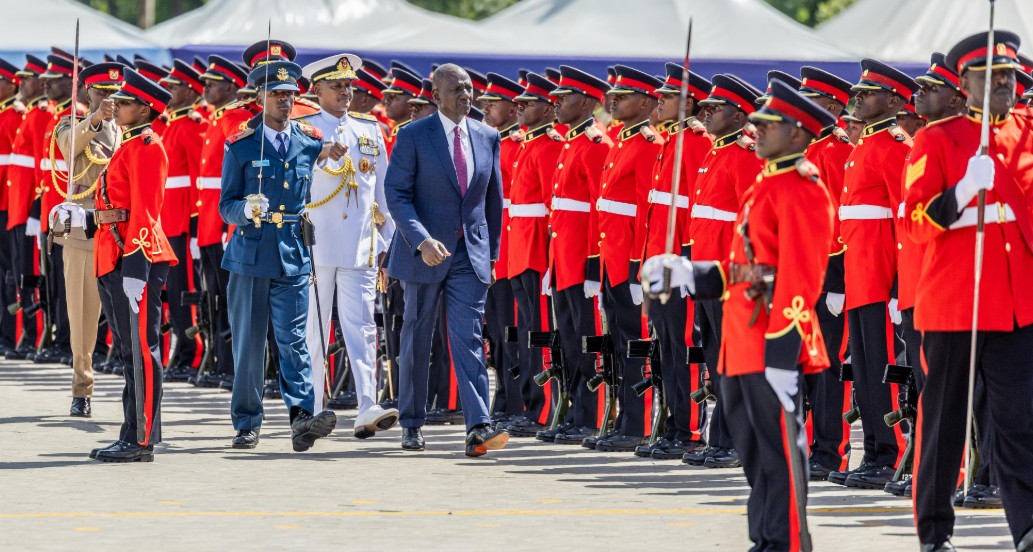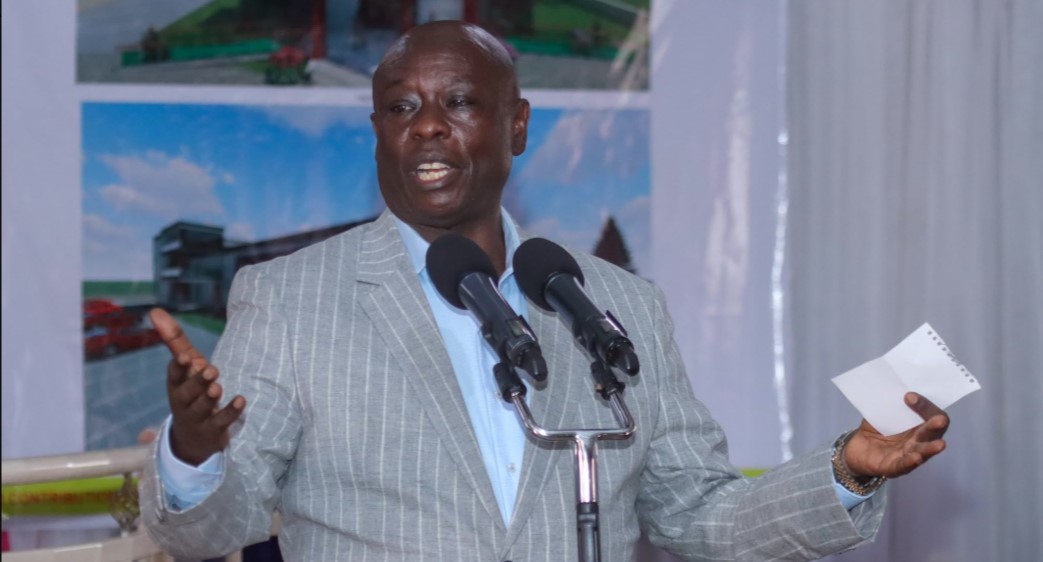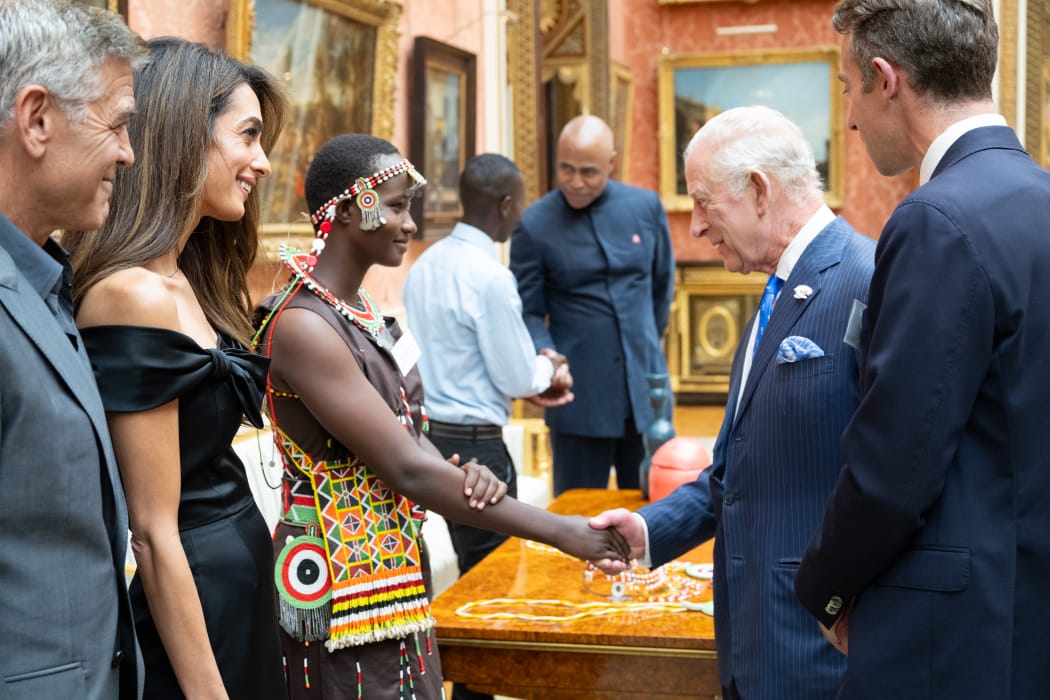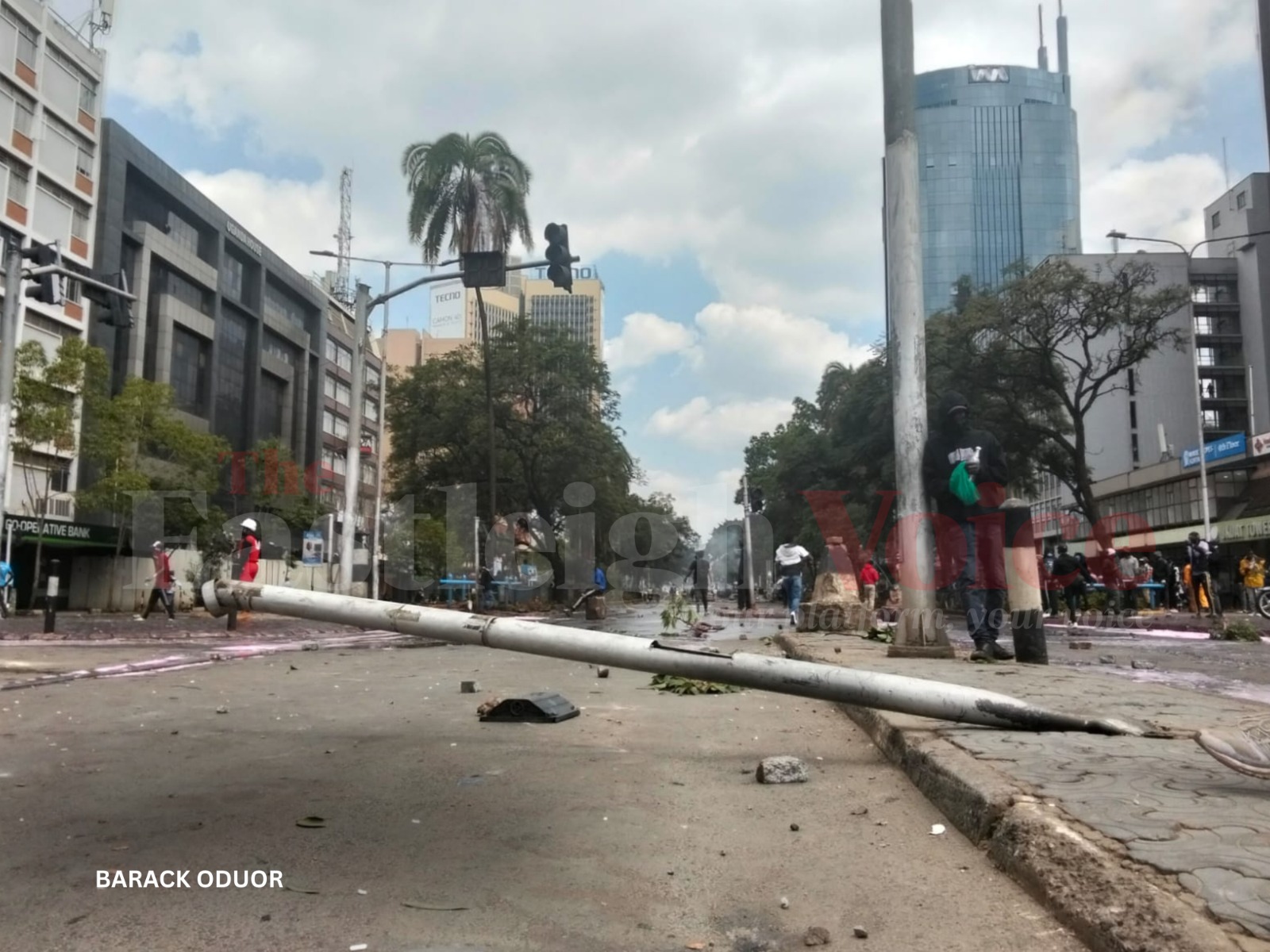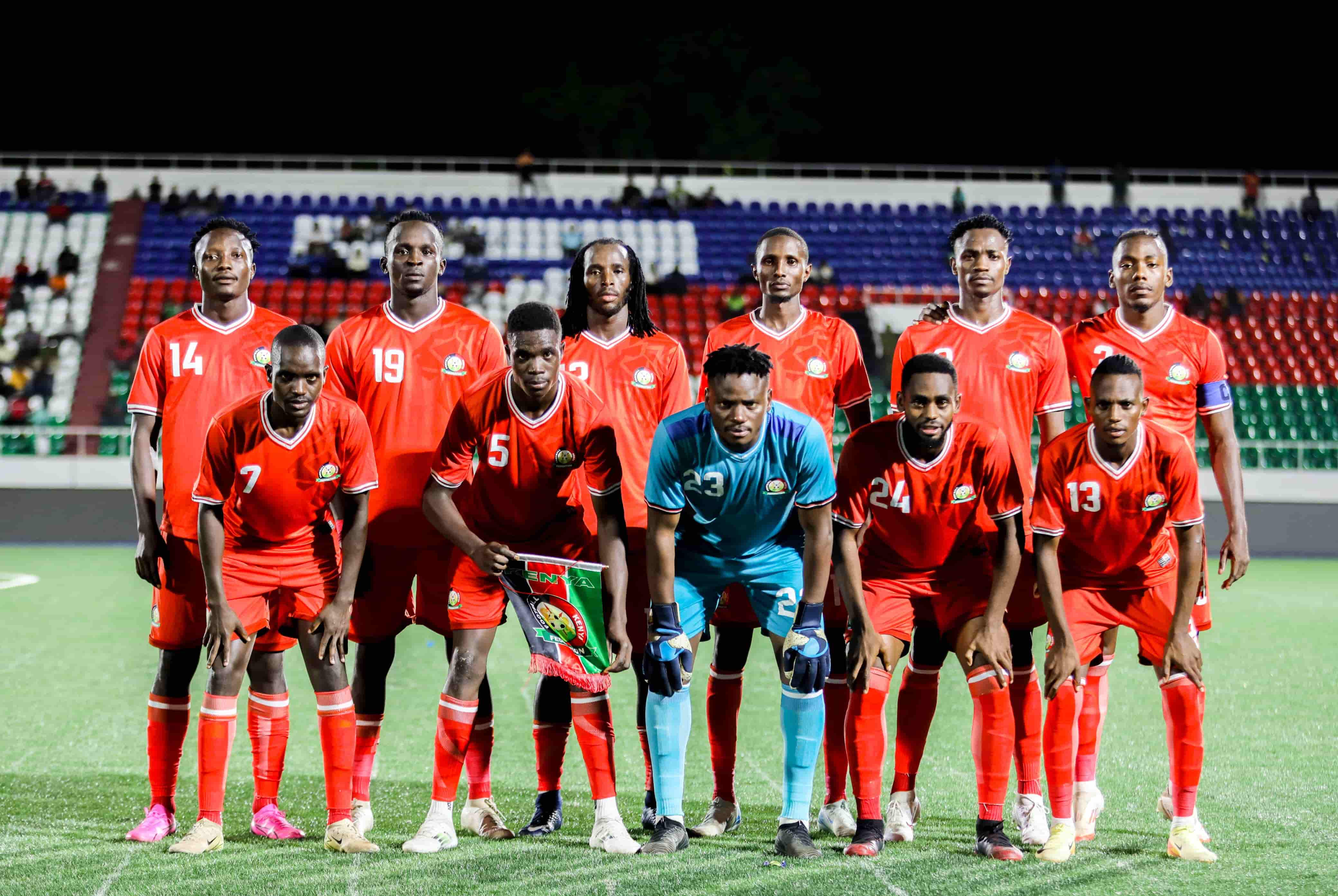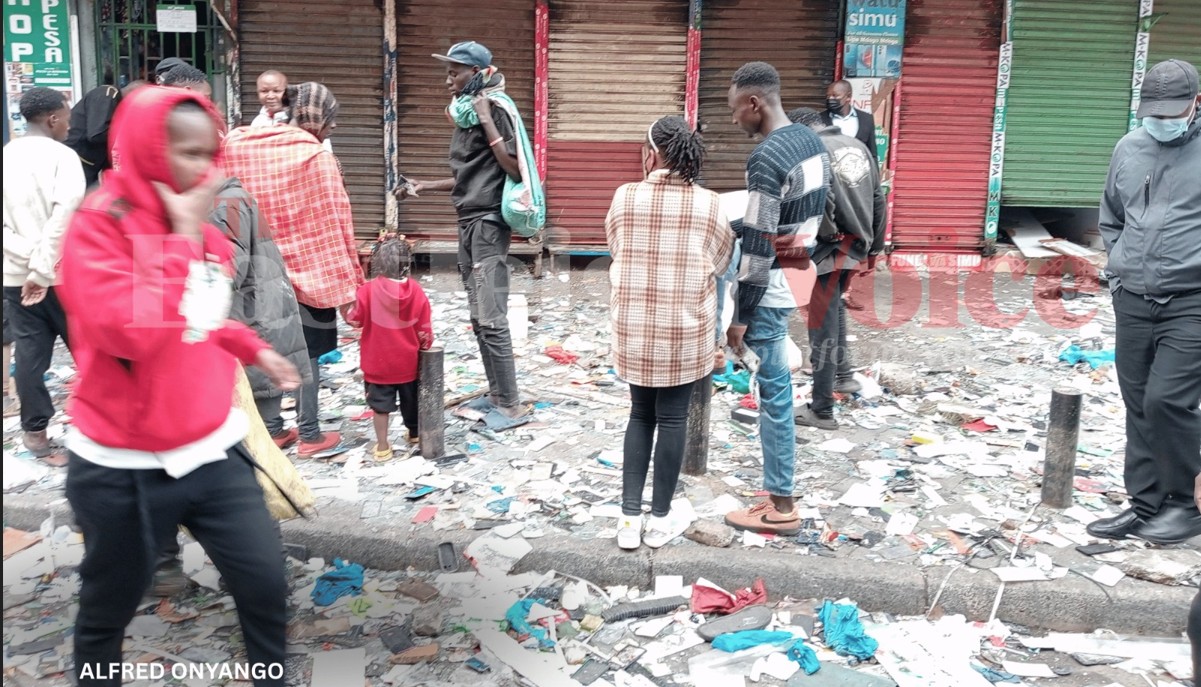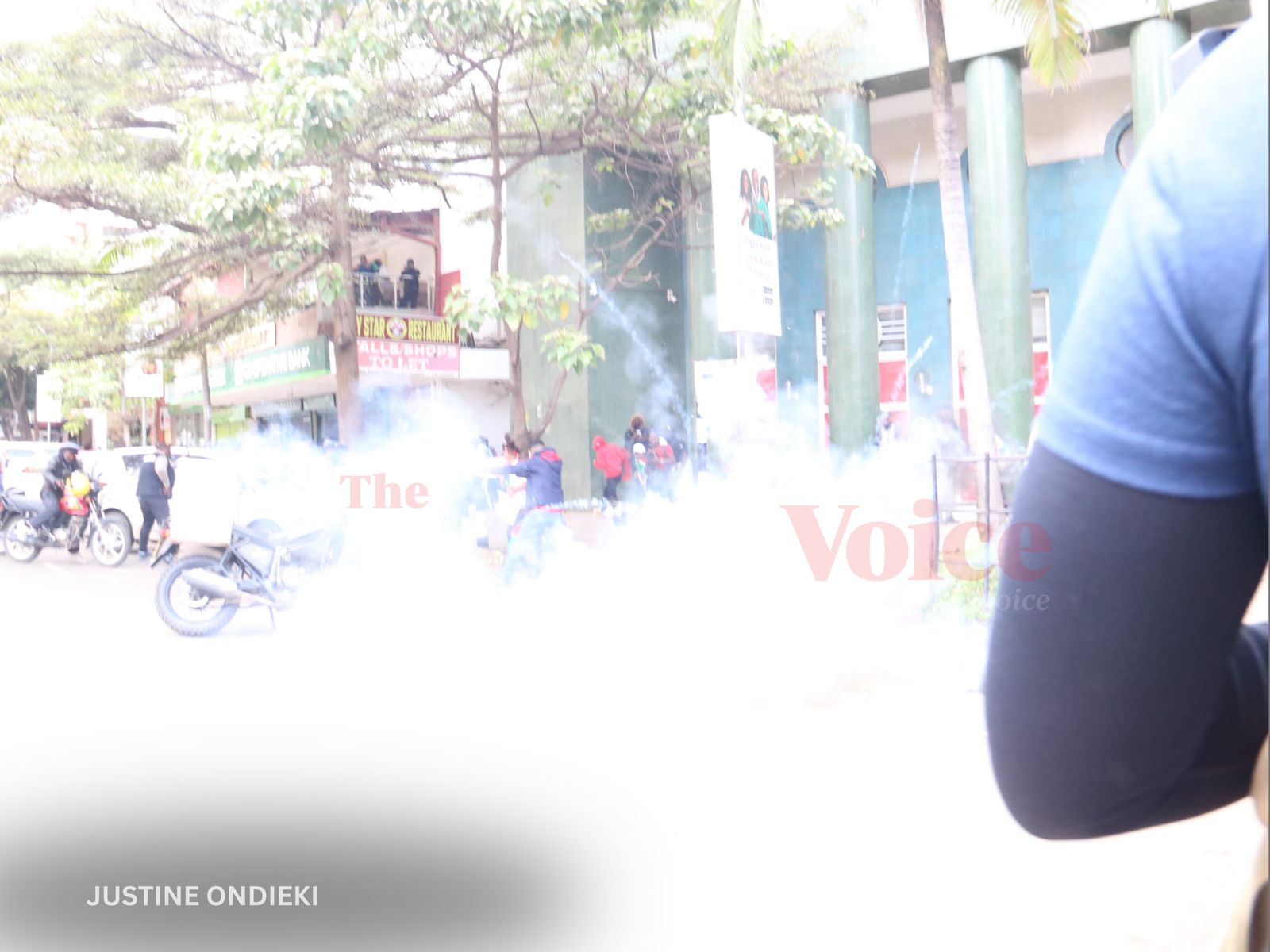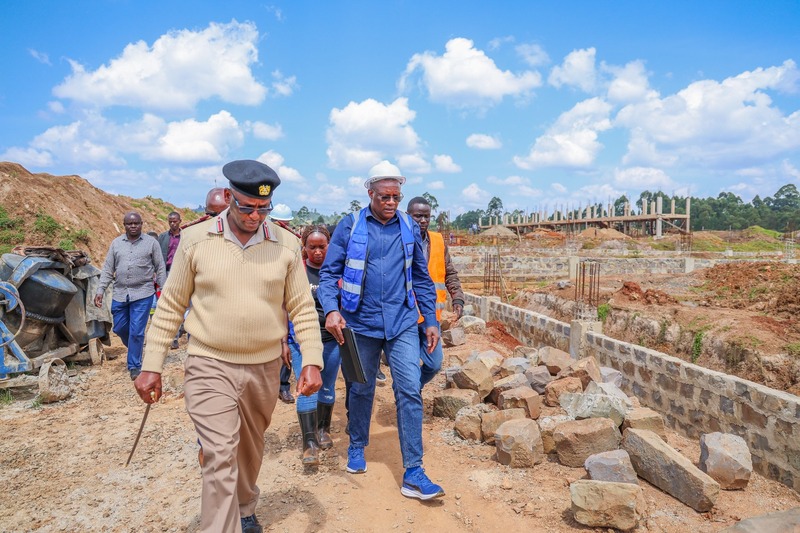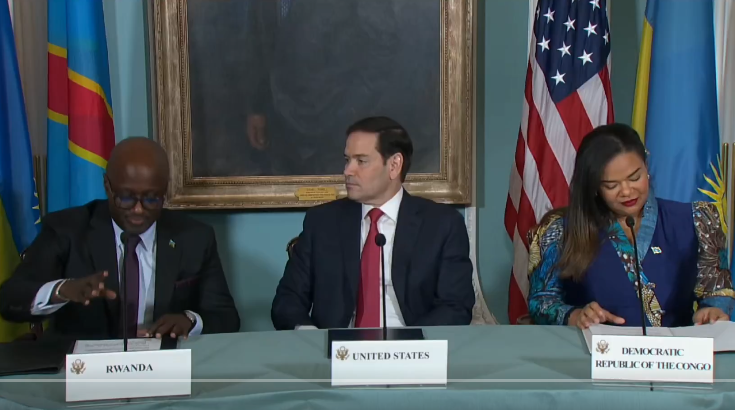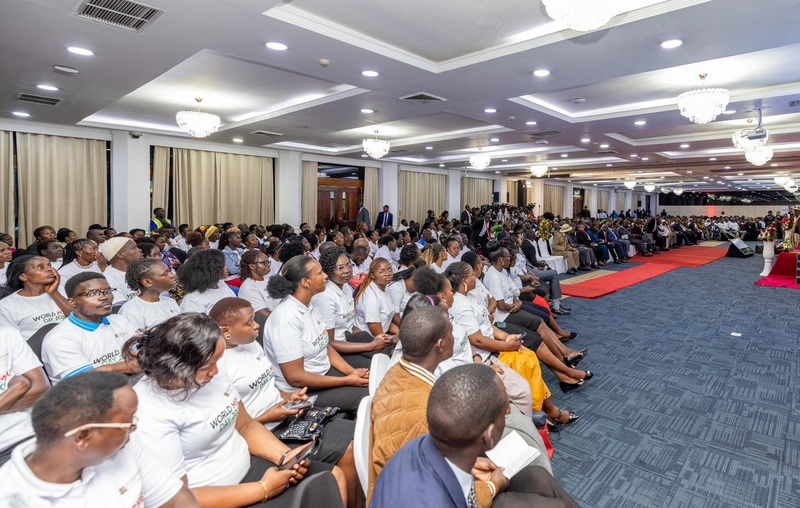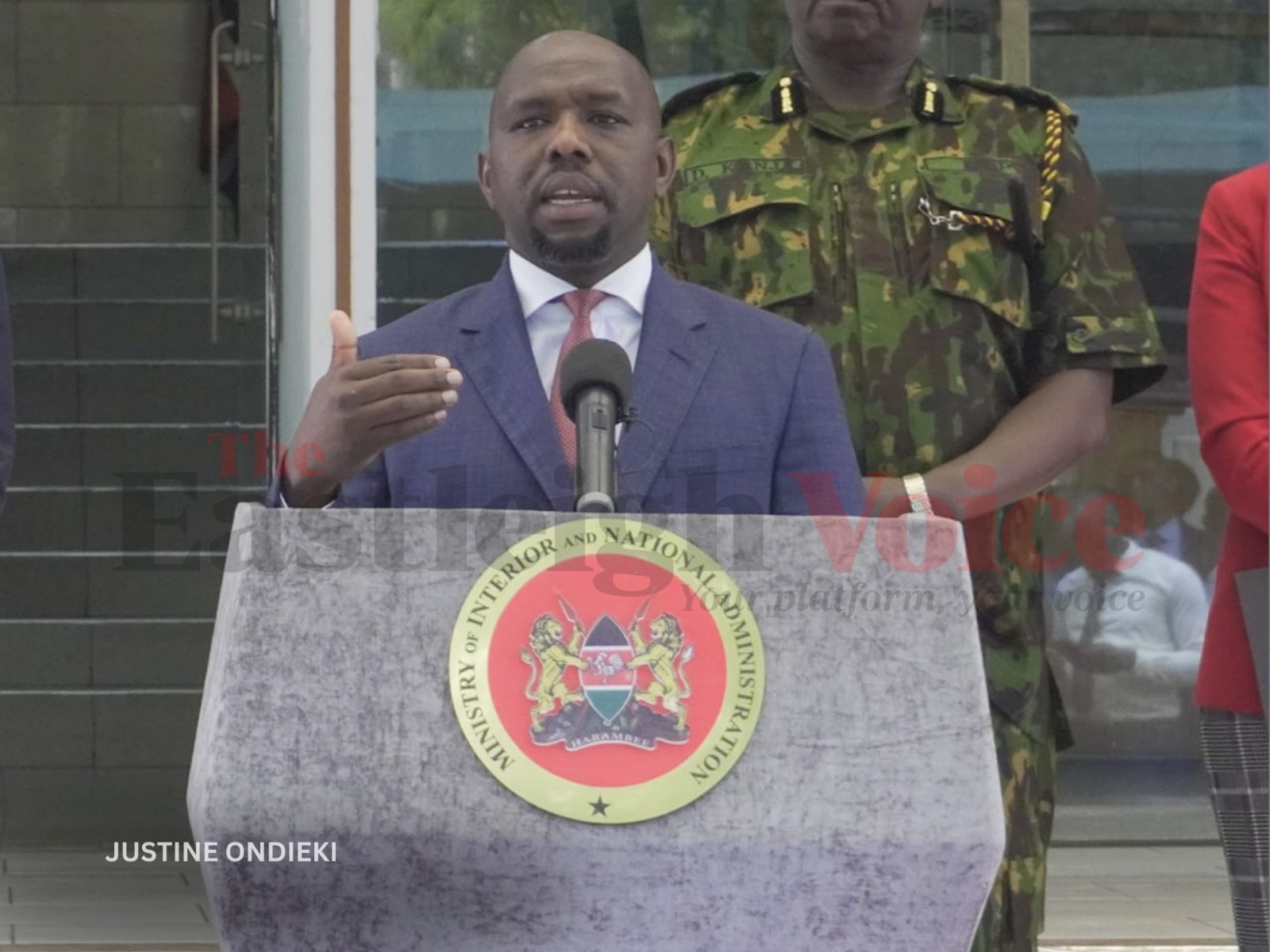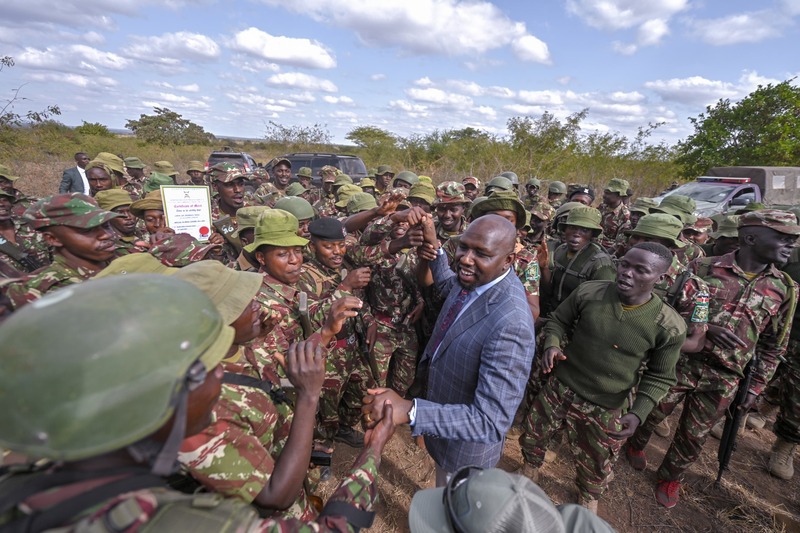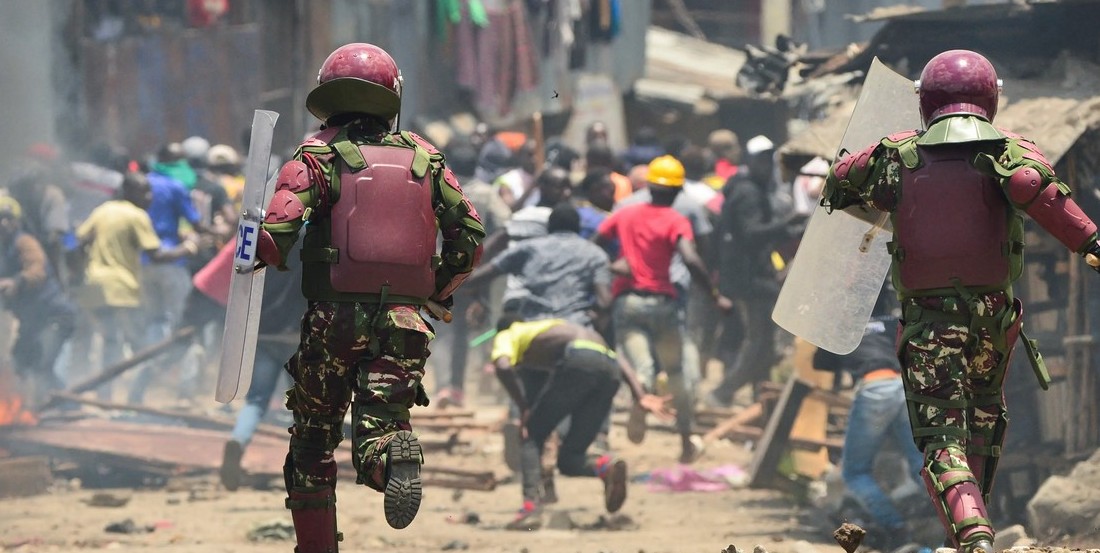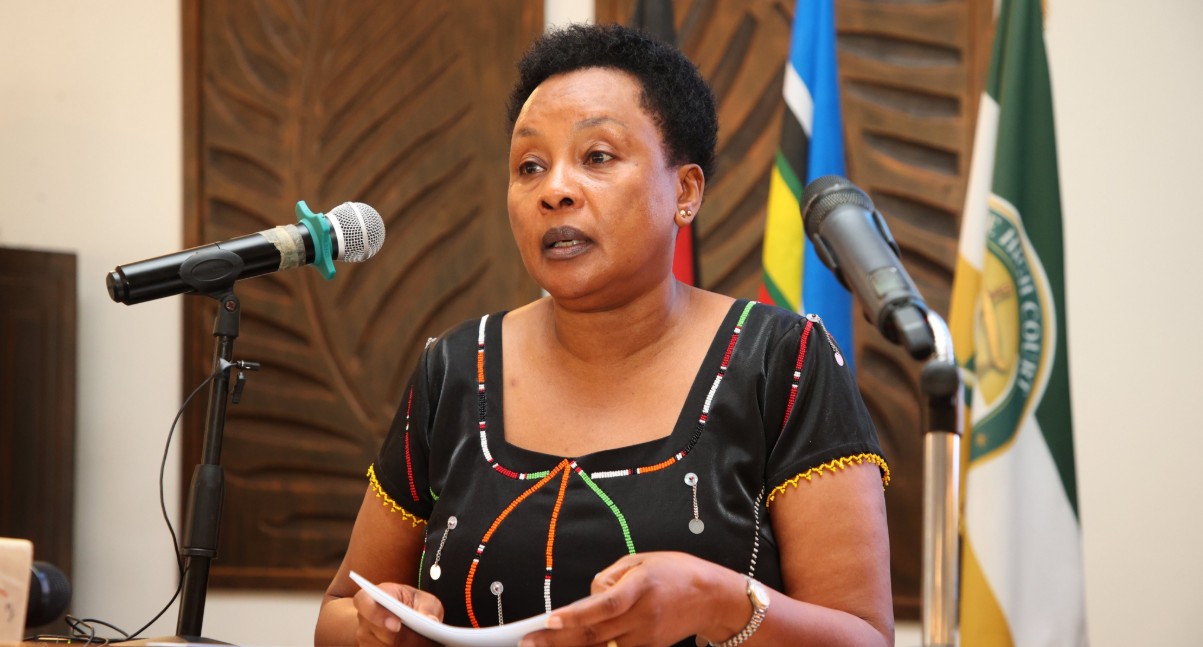Thousands mark 20 years after deadly Indian Ocean tsunami
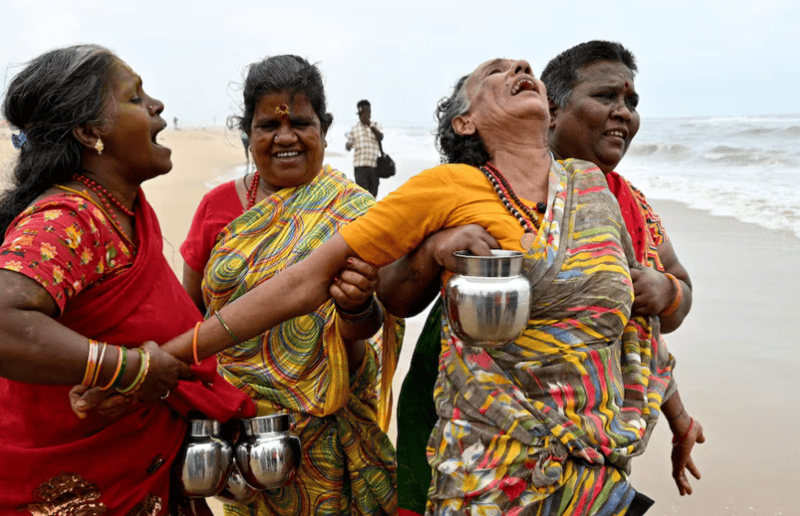
The tsunami on Dec. 26, 2004 was triggered by a 9.1 magnitude quake off the coast of Indonesia's Aceh province, sending waves as high as 17.4 meters (57 feet) slamming into coastlines of Indonesia, Thailand, Sri Lanka, India and nine other countries.
Survivors and families of victims of the Indian Ocean tsunami 20 years ago visited mass graves, lit candles and comforted one another across Southeast and South Asia in ceremonies on Thursday to mark the disaster that killed some 230,000 people.
The tsunami on Dec. 26, 2004 was triggered by a 9.1 magnitude quake off the coast of Indonesia's Aceh province, sending waves as high as 17.4 meters (57 feet) slamming into coastlines of Indonesia, Thailand, Sri Lanka, India and nine other countries.
More To Read
- Kilifi residents urged to stay safe as strong winds and high waves threaten coastline
- One missing after boat capsizes in Lamu as rough seas trigger multiple marine accidents
- Kenya Met warns of strong winds, ocean waves this weekend
- Salty-sweet flavoured mangrove honey: The pride of Kenya’s Coast
- Lamu’s centuries-old Mbwajumwali village to have first seawall after 800 years
- Why fishermen in Lamu are quitting the trade despite catching tonnes of fish
In Indonesia, which accounted for more than half the total death toll, hundreds of survivors and family members of the victims visited a mass grave in the Ulee Lheue village, scattering flower petals on the stones that mark the graves. Many were crying and hugging their family members.
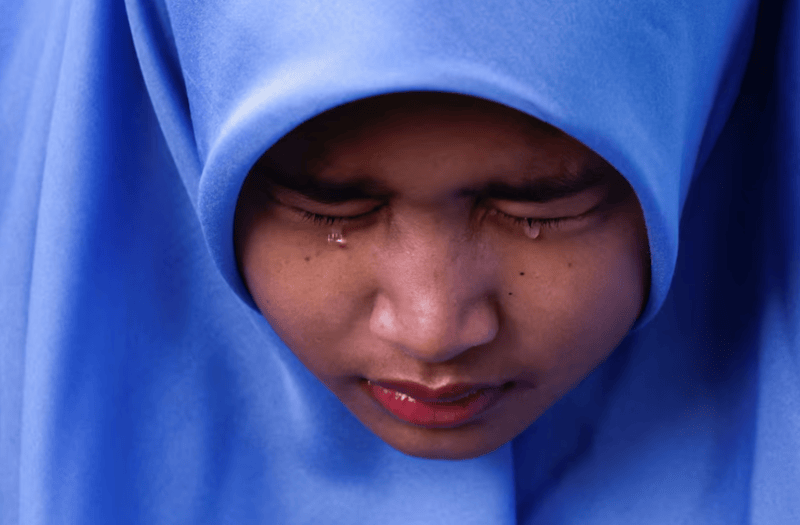 Banda Aceh, Indonesia, December 26, 2024. REUTERS
Banda Aceh, Indonesia, December 26, 2024. REUTERS
Some people weren't sure if their loved ones were there, as many were buried unidentified, they said.
Nurkhalis, 52, said he lost his wife, his children, parents and in-laws to the tsunami, and none of their bodies were found.
Sri Lanka marked the day with two minutes of silence at the Peraliya Tsunami Memorial Statue in the town of Galle, the country's disaster management centre said in a short statement.
In India's Tamil Nadu, the worst-hit Indian state , residents lit candles and conducted prayers for those killed two decades ago.
Thailand marked the anniversary near Ban Nam Khem village in southern Phang Nga province by holding religious rites for those who died.
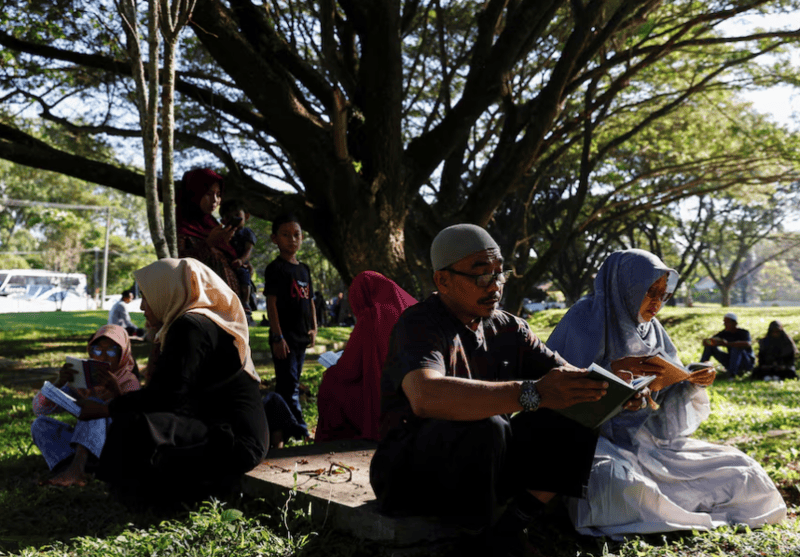 People read the verses of Koran while praying at the Siron mass grave, where victims of the 2004 Indian Ocean tsunami are buried, during the 20-years anniversary of the Indian Ocean tsunami, in Aceh Besar, Indonesia, December 26, 2024. REUTERS
People read the verses of Koran while praying at the Siron mass grave, where victims of the 2004 Indian Ocean tsunami are buried, during the 20-years anniversary of the Indian Ocean tsunami, in Aceh Besar, Indonesia, December 26, 2024. REUTERS
Hundreds of people visited the Tsunami Wall, a memorial site next to where the rituals were held, to pay their respects to lost loved ones.
"I felt that the waves took my daughter away, I was so mad at it," said 62-year-old resident Urai Sirisuk, who lost her 4-year-old daughter.
Urai said she would not go near the sea, just about 50 metres (yards) away.
"I cannot bring myself near it, not even my feet in the sand. I wouldn't come around here if not necessary, never. The sea took my daughter from me," she added.
Phang Nga province was one of Thailand's hardest-hit provinces, with the disaster claiming 5,400 lives there, including many foreign tourists.
Other Topics To Read
Top Stories Today
Reader Comments
Trending
